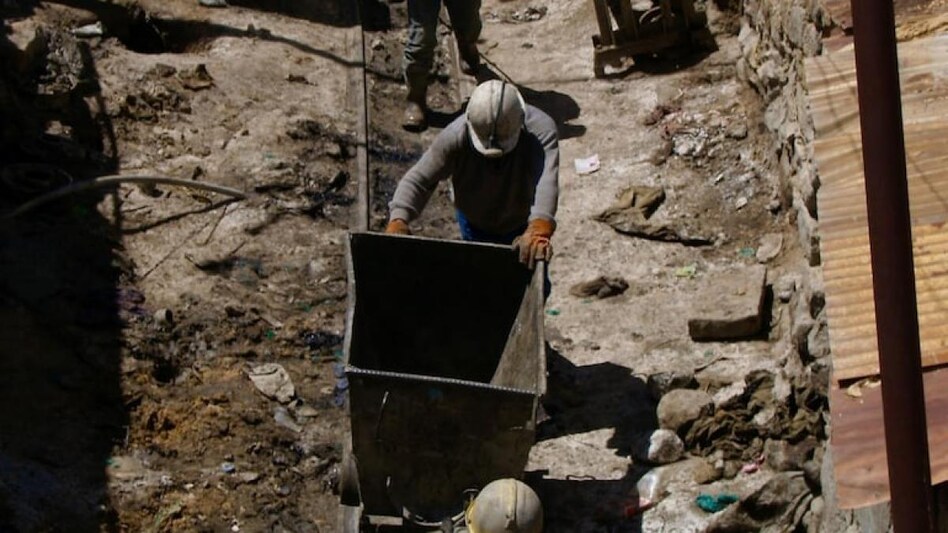 Budget 2022 gives blue-collar jobs much-needed boost, say experts
Budget 2022 gives blue-collar jobs much-needed boost, say experts  Budget 2022 gives blue-collar jobs much-needed boost, say experts
Budget 2022 gives blue-collar jobs much-needed boost, say experts While employment creation was expected to be one of the biggest focus areas of the Union Budget, the Centre has taken a more long-term and indirect approach through its push on infrastructure to remedy the pandemic’s impact and create blue-collar jobs.
Under the four priorities Finance Minister Nirmala Sitharaman outlined in her Budget speech on Tuesday, she described the ‘PM-GatiShakti’ as being focussed on creating more jobs and opportunities, especially for the youth. With capital expenditure getting a 35.4 per cent boost at Rs 7.5 lakh crore in the Budget outlay, sectors like housing, roads and trains are expected to be the major drivers of employment.
Sitharaman also said in her Budget speech that the Production Linked Incentive scheme in 14 sectors will generate 60 lakh jobs over five years, which includes the likes of auto components, pharmaceuticals, telecom, textiles and solar modules.
The Budget announcements will give a much-needed push for the creation of blue-collar jobs, which is the need of the hour given the high level of unemployment in the labour force, say experts. Unemployment rate in the Indian labour force (people of age 15 years and above) in urban areas is 9.3 per cent as of March 2021, according to the latest available data from the government’s Periodic Labour Force Survey (PLFS).
“I’m very bullish about jobs being created by the logistics sector, which will come by way of the announcement for the logistics parks through the PPP model. So, job creation control will be divided between the government and private players. Housing and MSME is another area,” says staffing firm Manpower’s Senior Director of Sales and Global Accounts, Alok Kumar. He says the digital banking push will also create many subsidiary and parallel jobs by private firms apart from what the government plans to create.
But the job creation will take time, agree experts. “It depends on the speed at which the capital expenditure funds are pumped in because the commitment to invest is one and the second is actions on the ground. If there are quick actions to put money where it is needed, you will see unemployment rates coming down by 1-2 per cent in the next 90 days. It really depends on how agile the government is in terms of its intent versus ground reality,” says staffing and recruitment firm Randstad India’s MD & CEO PS Viswanath.
Labour economist KR Shyam Sundar, however, differs. “This Budget is looking at the multiplier effect of investment to set in for jobs generation which will take time. The PLI scheme, through which it says 6 million (60 lakh) jobs will be generated over a period of 5 years, is also medium-term. But at least 10 million people enter the labour market every year,” says the professor at XLRI-Xavier School of Management. There is very little relief in the short-term to incentivise people to enter the labour market, he adds. The country’s labour force participation rate is 47.5 per cent, according to the PLFS data.
Sundar estimates the unemployment rate to improve by 1-2 percentage points in the short-term, but he doesn’t expect the employment levels to improve by 5 percentage points or so, which he says would have been the mark of a good budget for jobs.
Also Read: Tech Mahindra Q3 results: Net profit up 4.5% to Rs 1,369 crore
Also Read: Budget 2022 Live Updates: LIC disinvestment this year, says FM Sitharaman